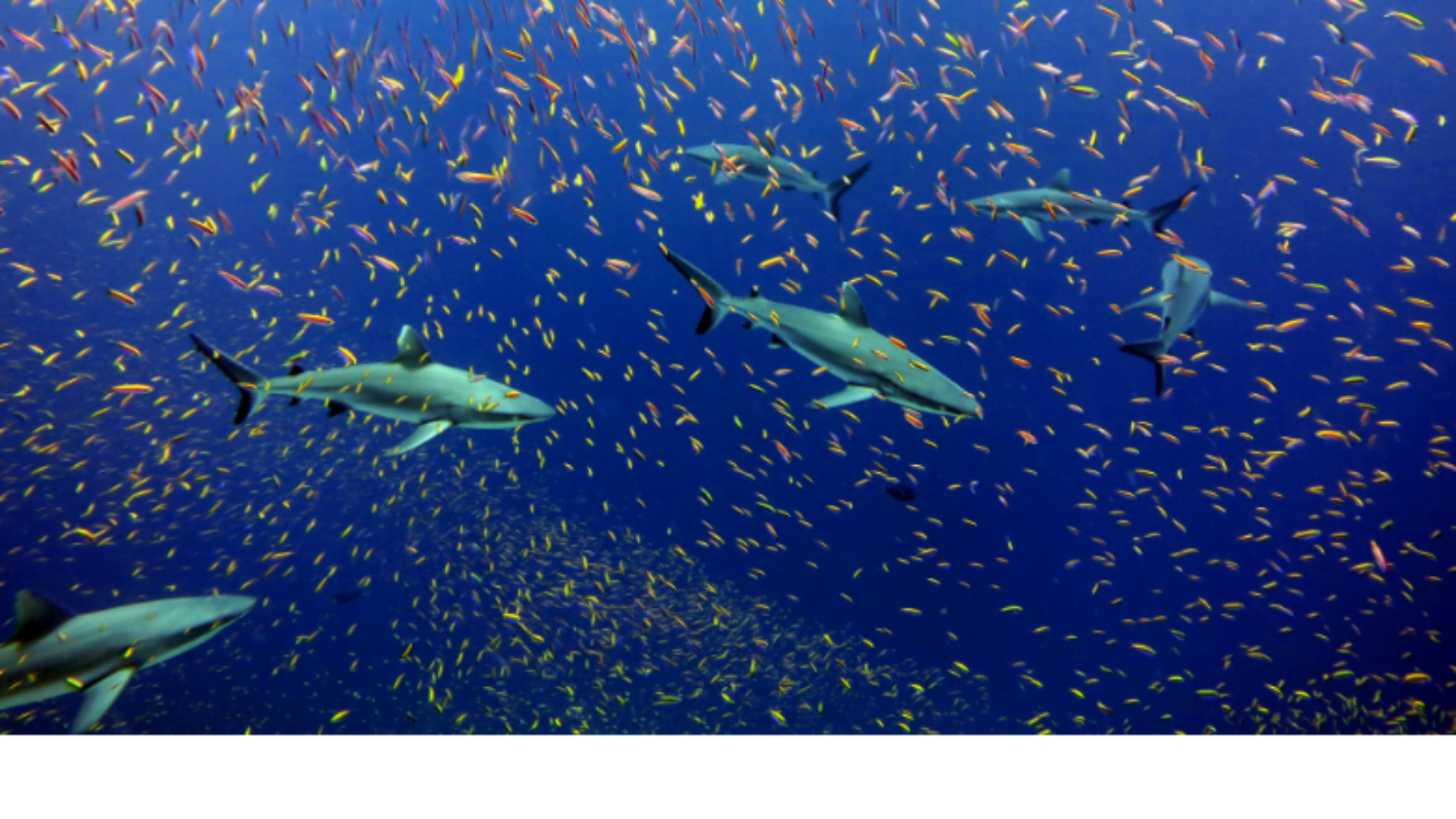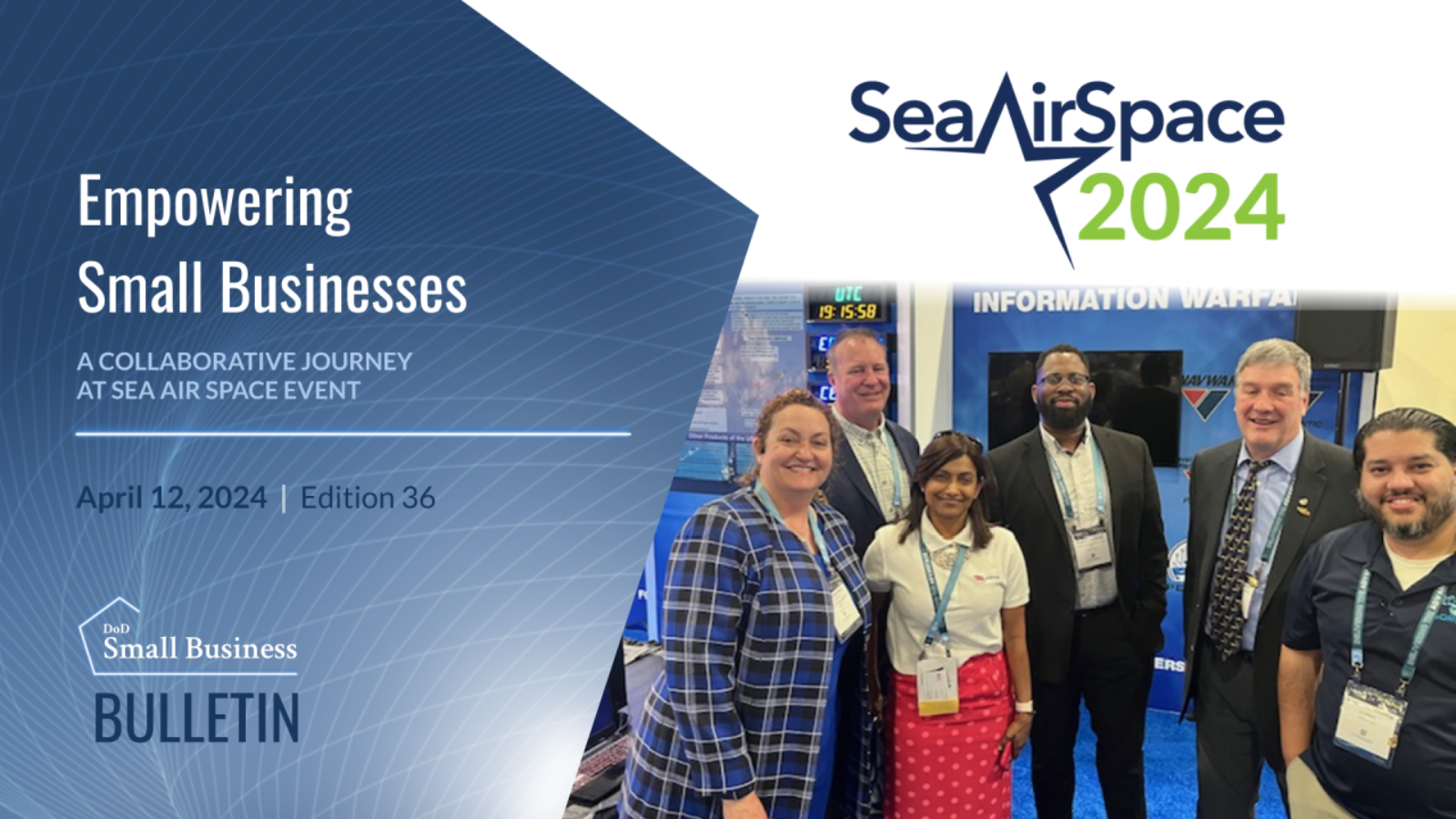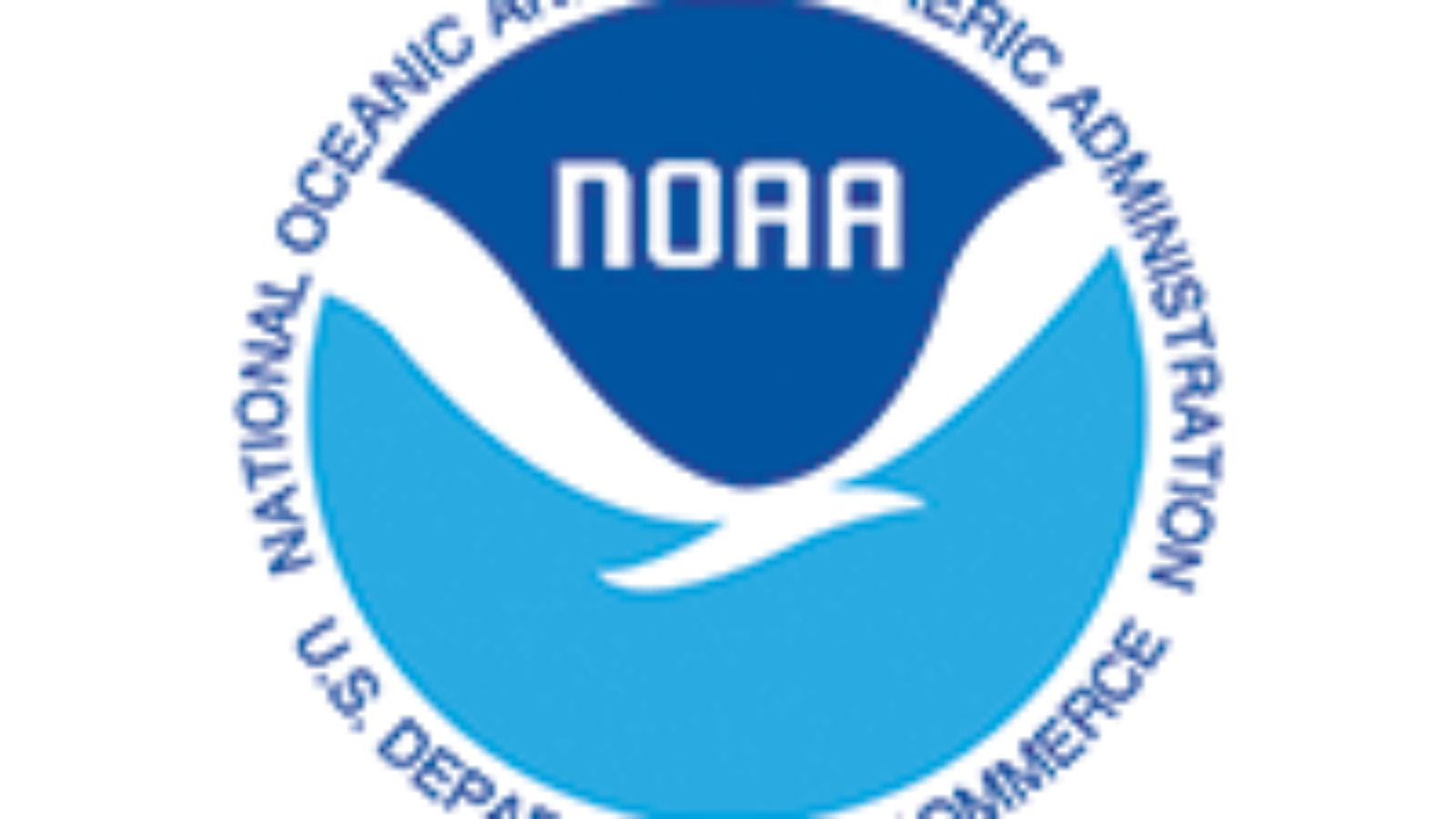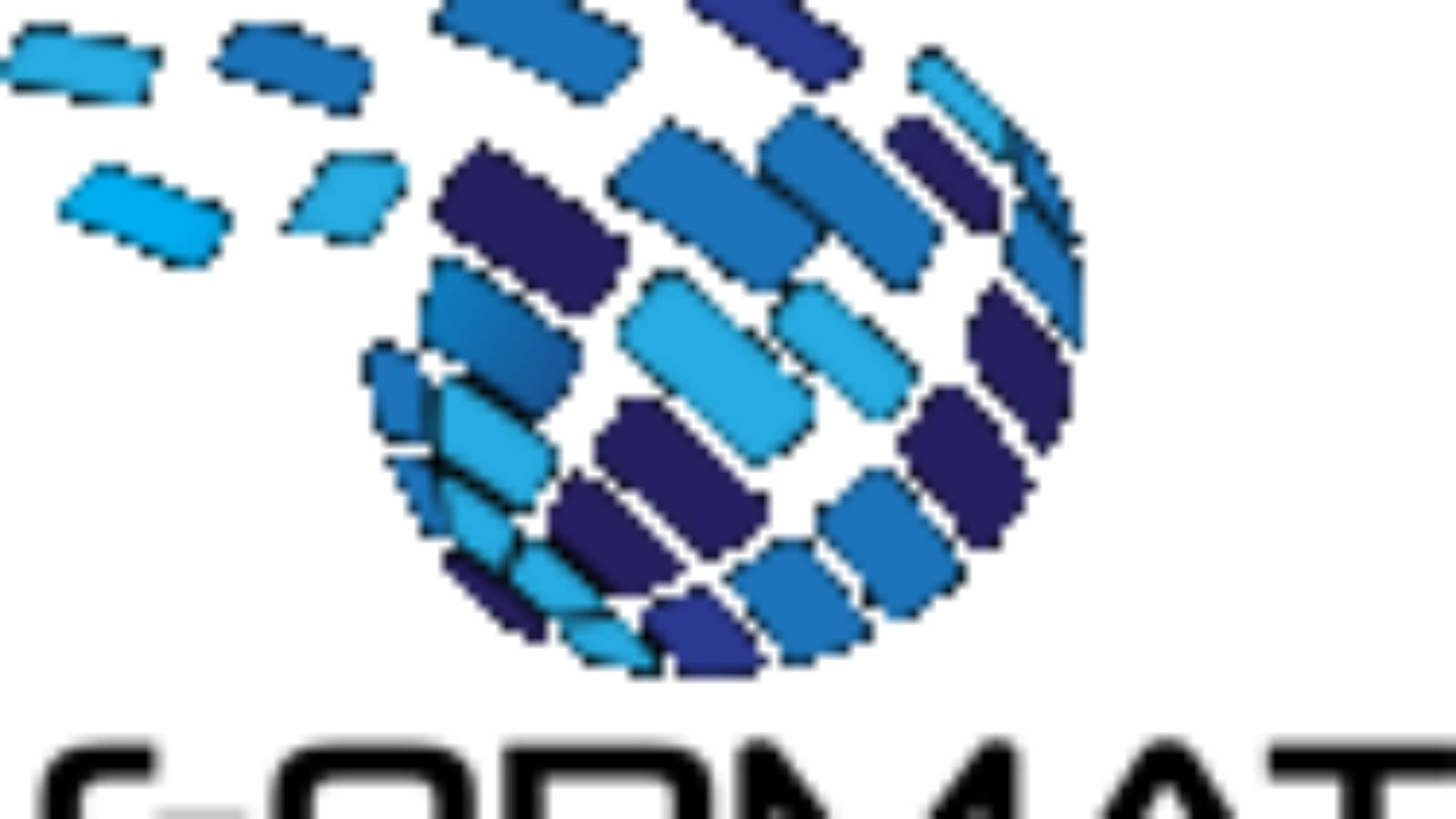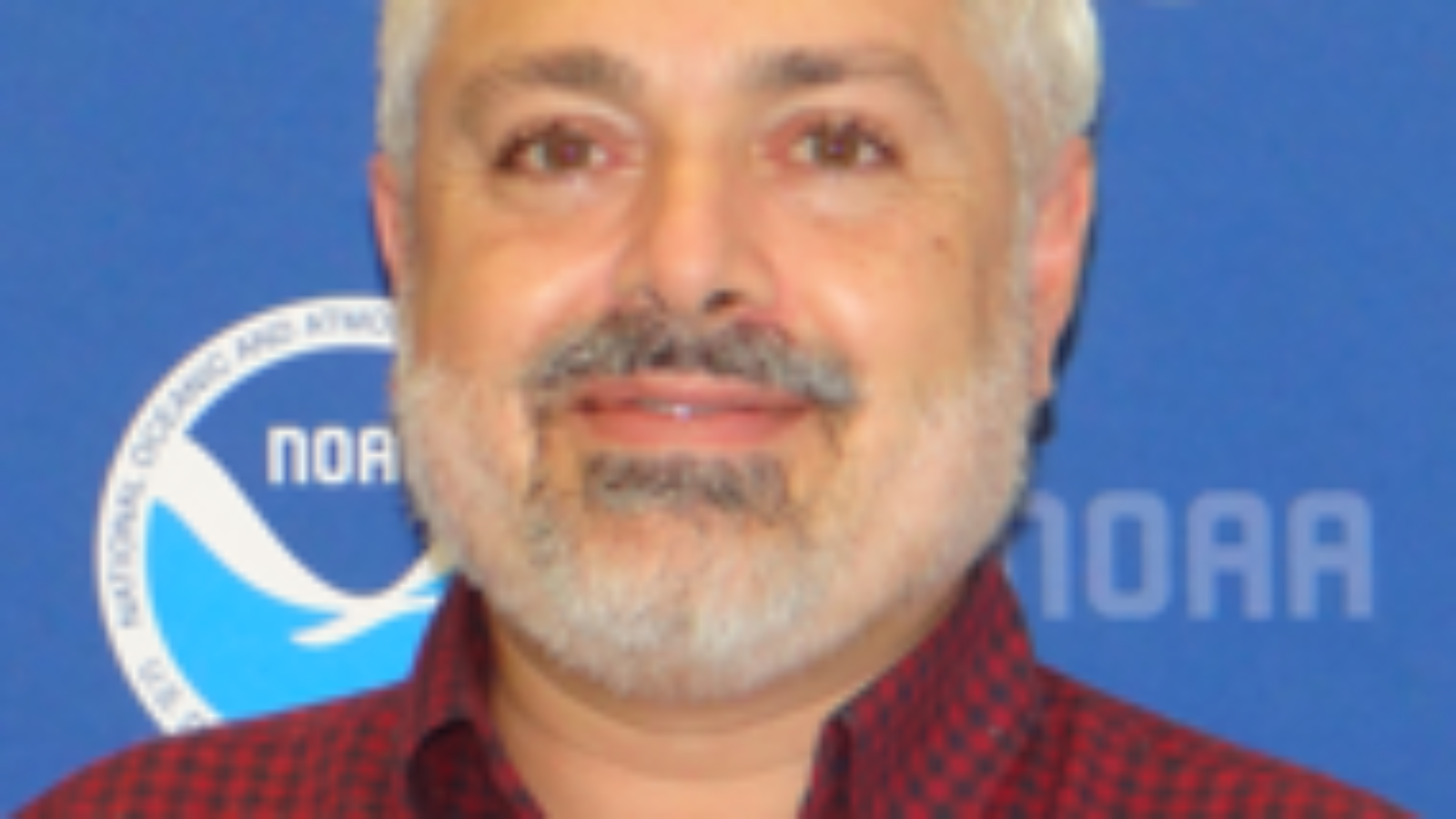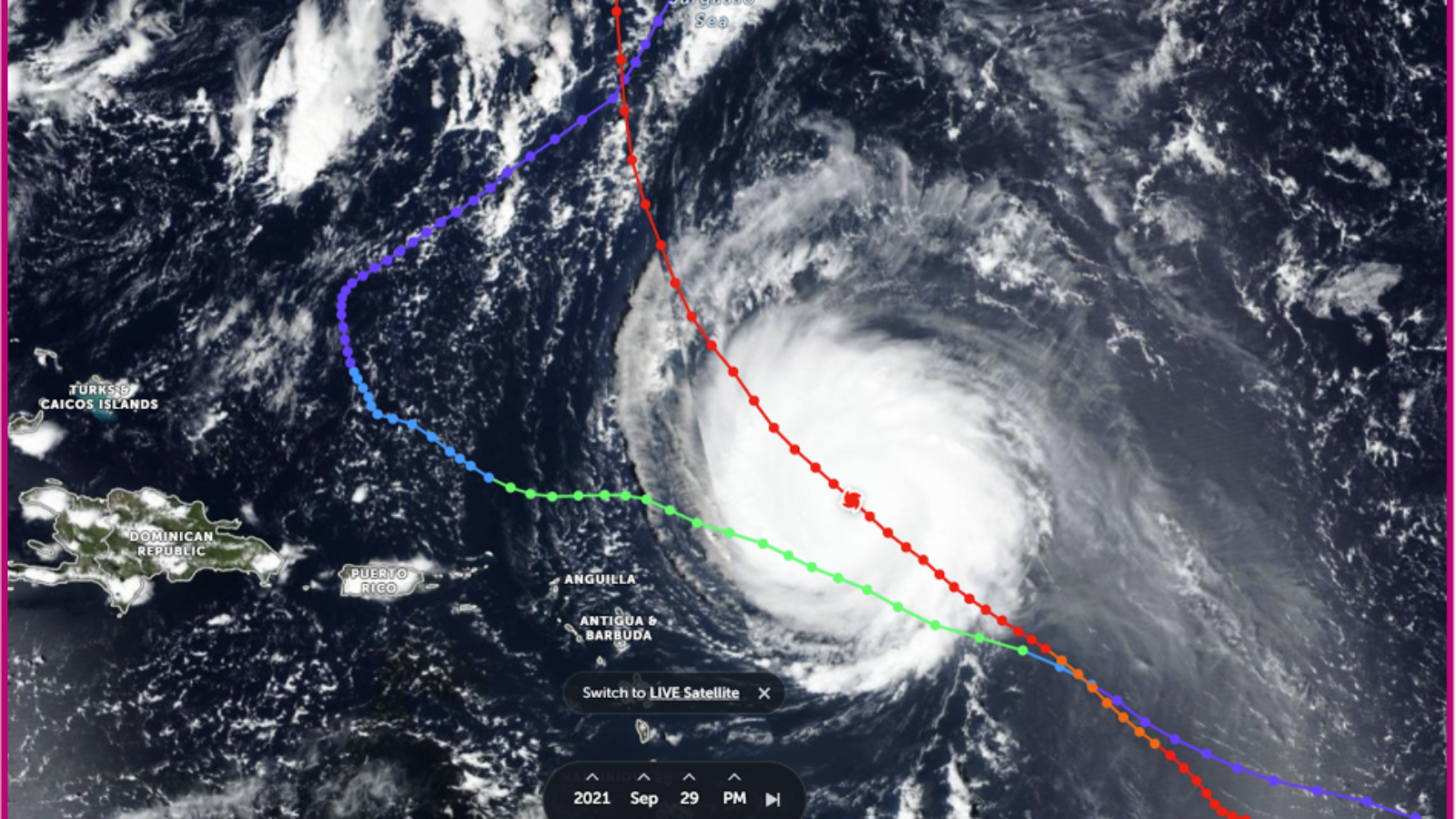Propel Solutions – a Joint Venture with Axiom and Lynker has successfully secured NOAA Protech Oceans 2.0 IDIQ!
Propel Solutions: A Leader in Scientific and Technical Solutions for Climate Change.
We work with clients to interpret and communicate climate change science. We help develop business cases for risk assessment and adaptation, visualize climate change and provide training and stakeholder engagement.
ProTech Oceans domain will primarily be supporting NOAA’s National Ocean Service (NOS). The NOS mission is to provide science-based solutions through collaborative partnerships with industry to address evolving economic, environmental, and social pressures on our ocean and coasts. NOS has identified three priorities that reflect the primary statutory and mission drivers and reflect NOAA’s commitment to navigation services, coastal research and observations, emergency response, and place-based conservation programs.


